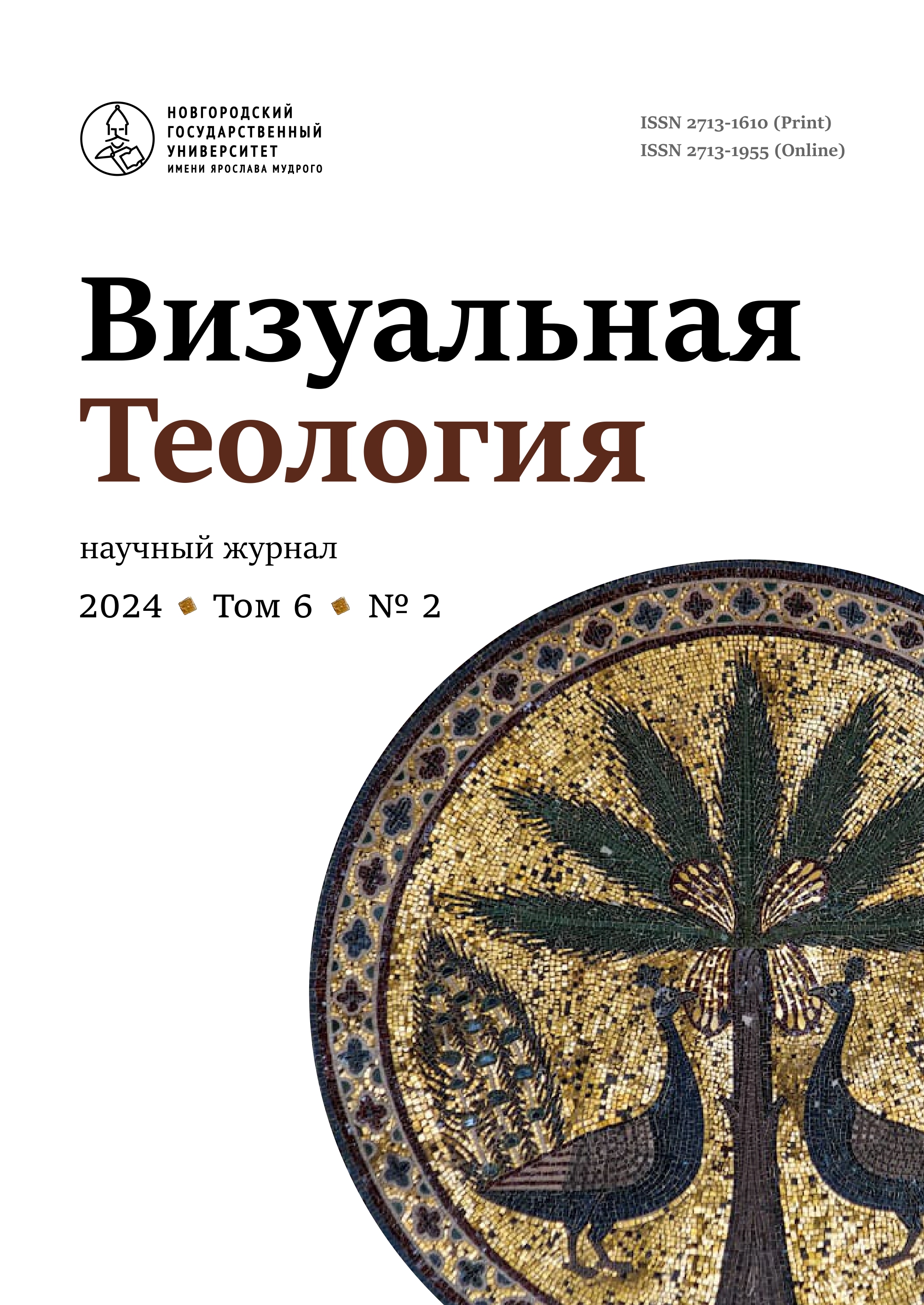‘The Mother of God Eleousa’ from a Private Collection – Italian Icon of the Mid (?) 13th Century
Abstract
The paper inquires into the dating and provenance of a particular ‘Mother of God Eleousa’ from a Muscovite private collection. Is this icon a work of Italian or Byzantine art? The icon went through commercial restoration in Moscow, which could have distorted its painting and complicated the tasks of its dating and attribution. Numerous interventions and tinting, especially on the damaged face of the Mother of God, were clearly visible as early as the winter of 2021–2022; now most of these have been removed, although still not completely. The aim of that restoration was probably to create the illusion of a purely Byzantine icon for commercial purposes. The author suggests that the icon is not a Byzantine monument, but was created by an Italian master guided by a Byzantine model. Byzantine influence is present in this icon as much as it was inherent in Italian art of the 13th century and widespread in various artistic centers of this time. The icon’s origin could be Sicily or South of Italy. However, additional detailed research is needed to definitely confirm such attribution. So far, Italian provenance seems to be best substantiated. The versions of dating to the end of the 13th century or to the first quarter of the same century both do not seem convincing. The reminiscences of Late Comnenian art cannot be considered as a decisive dating indicator because their presence had been found during a very long period of time, including monuments of the late 13th century. Preliminary dating points at the middle of the 13th century or even at the period between the 1230s and 1260s.



